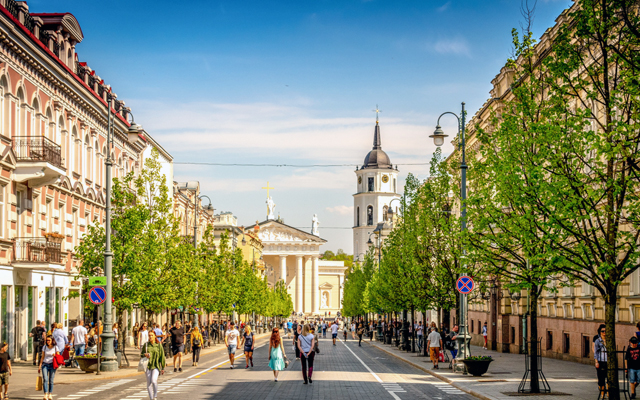
A global tourism force to reckon with, China is now the second top source market for Europe after the US as Chinese inbound numbers to the continent surged in recent years and are expected to continue in 2018, which marks the EU-China Tourism Year (ECTY).
“We are expecting Chinese numbers to grow by another 700,000 this year – and that’s a conservative figure,” said Eduardo Santander, executive director of the European Travel Commission, speaking at the keynote session on the ECTY during the opening of ITB China 2018 on Wednesday.

However, the opportunities as well as challenges of a booming Chinese inbound market are not lost on Santander. When enquired if the still-rising wave of Chinese travellers to Europe would add to mass tourism issues in over-popular cities like Barcelona and Vencie, Santander thinks the key lies in visitor dispersal.
“We bring them to Europe and move them around,” he added. “More Chinese travellers are also seeking exclusivity, and they don’t want to see other Chinese (at tourist destinations).”
One of the aims of the ECTY, officially launched in Venice earlier this year in January, aims to sell Europe’s diversity and bring more Chinese visitors to the secondary and lesser-known destinations in the continent.
“The perception of Europe (among Chinese) is very fragmented,” said Santander. “The diversity of Europe makes it hard to market (the continent), but it’s much more than Paris, London or Barcelona. There are still many hidden destinations.”
The visitor dispersal push is welcomed by many smaller nations like Lithuania, which recorded a seven per cent increase in Chinese tourist arrivals last year, according to Gabriel Orentas, marketing director of Baltic Vitalis.
The DMC, specialising in the Baltic States of Lithuania, Latvia and Estonia, has already stepped up its efforts to attract more Asian visitors by participating in the region’s tradeshows like PATA Travel Mart and ITB Asia last year, and is now “reaping the efforts of increased promotion” in the east after seeing marked rise in demand from new markets such as China, the Philippines, Malaysia and Australia.
For Latvia, which started its courtship of the Chinese market three years ago, China growth rates has been high and is expected to remain so this year, commented Raimonds Aleksejenko, deputy state secretary ministry of economics of the Republic of Latvia.
The Chinese inbound market is also a similar growth story for Slovakia, climbing 40 per cent in 2016 and 60 per cent in 2017. “Based on growth trajectory, we could be looking at 80 per cent this year,” remarked Igor Paule, chief state advisor at the Ministry of Transport and Construction, which oversees tourism.
Recognising that Slovakia is not yet the top-of-mind destination in Europe for Chinese tourists, Paule shared that the strategy of the country’s tourism authorities is to leverage the names of established neighbouring destinations like Germany and Vienna to sell the country as part of multi-country itineraries and encourage Chinese visitors to spend a couple of days in the country.
However, limited awareness of these smaller nations in Europe as well as their product offerings pose challenges for sellers in these destinations. “Bulgaria is still not a mainstream destination, and we don’t do enough promotion yet, said Kostadin Djatev, commercial consul at the Consulate General of the Republic of Bulgaria in Shanghai.
Visa issues as well as the lack of direct flights linking China to Europe’s third- and fourth-tier cities are some challenges to grapple with meanwhile, acknowledged Santander.



















